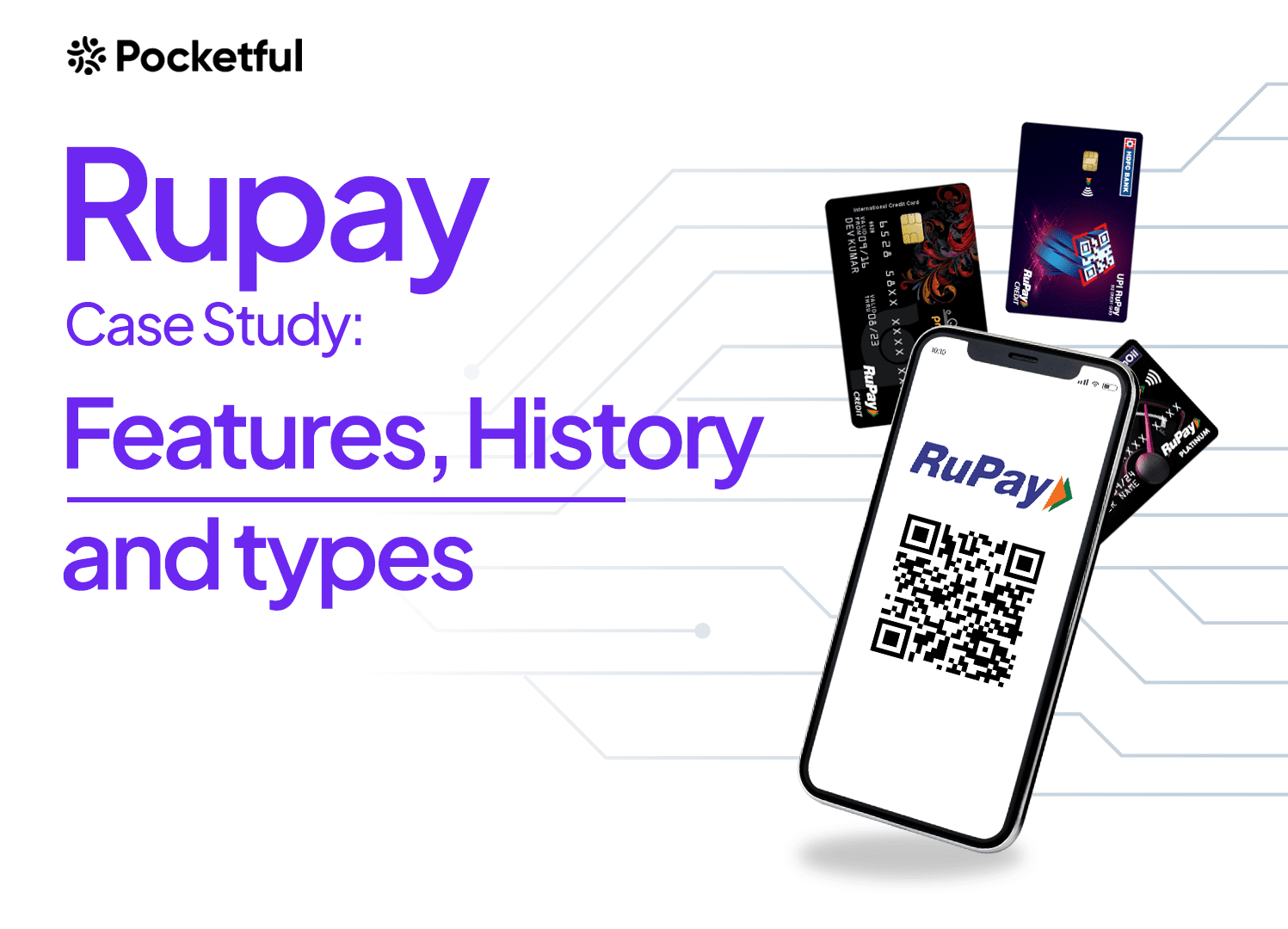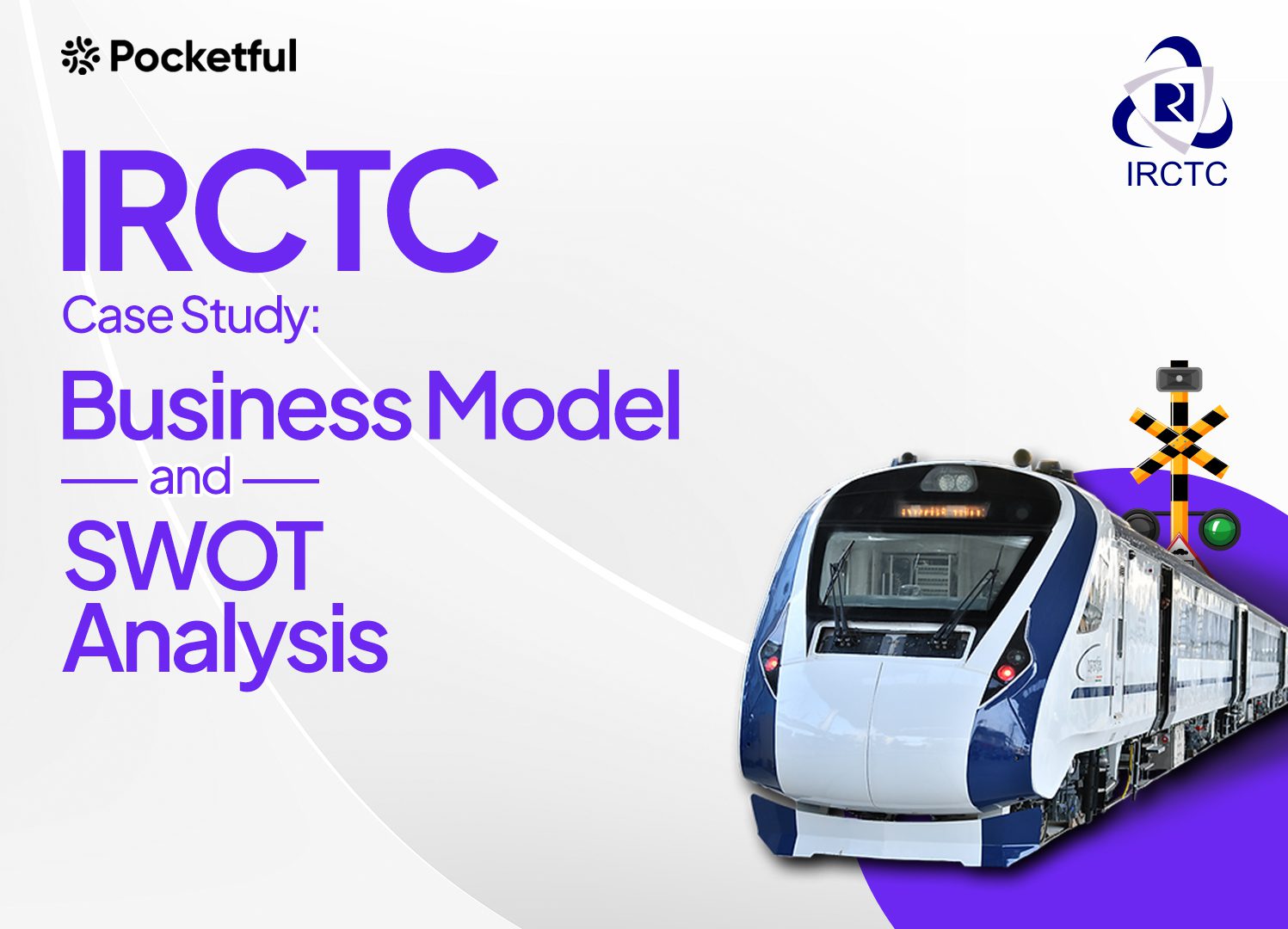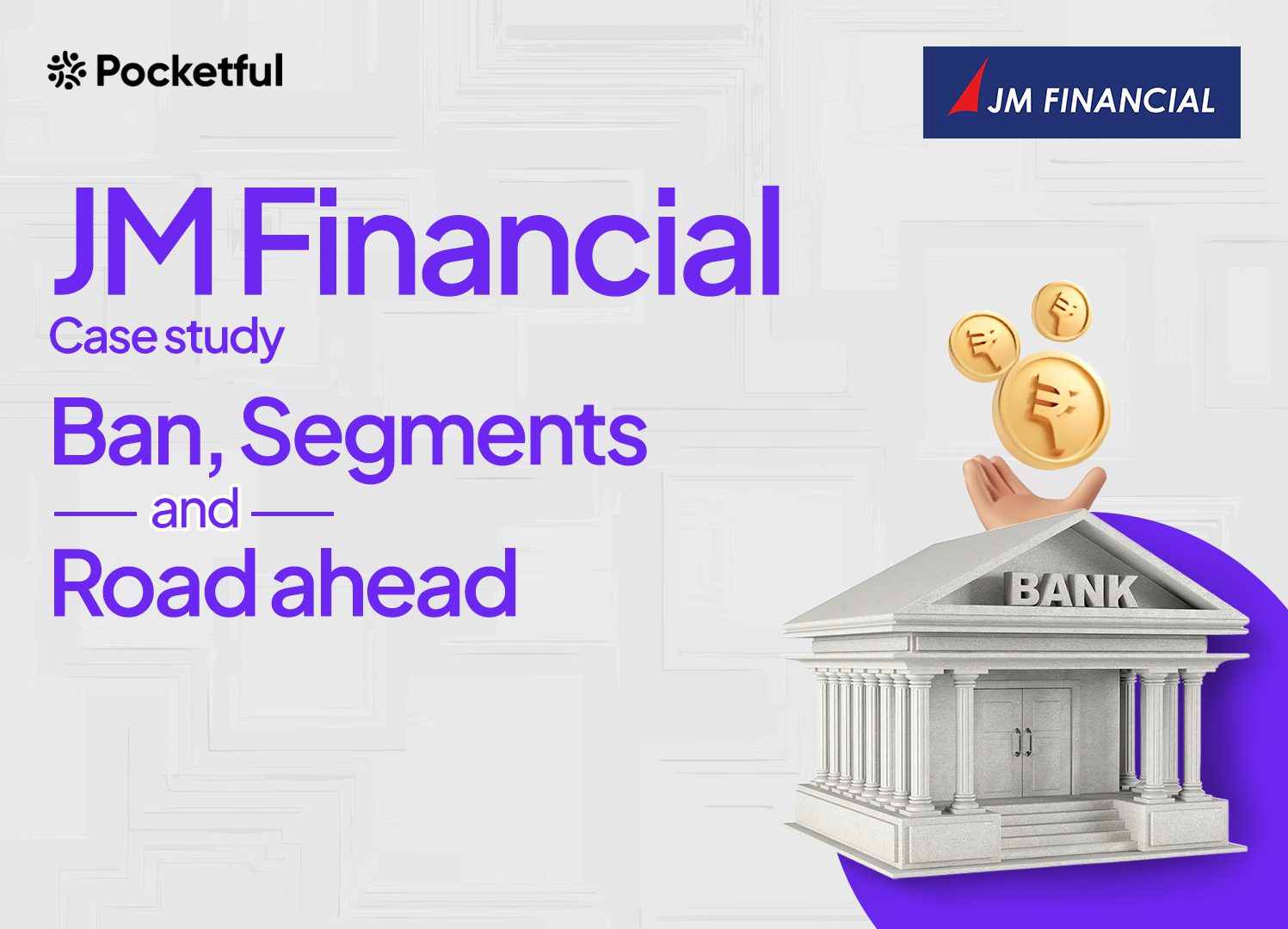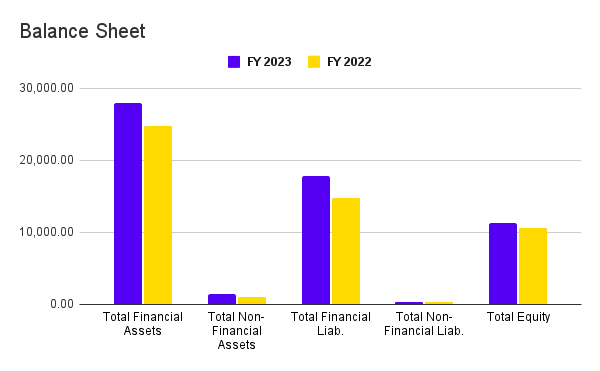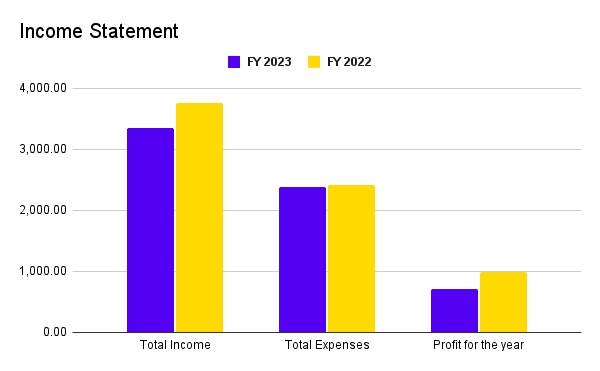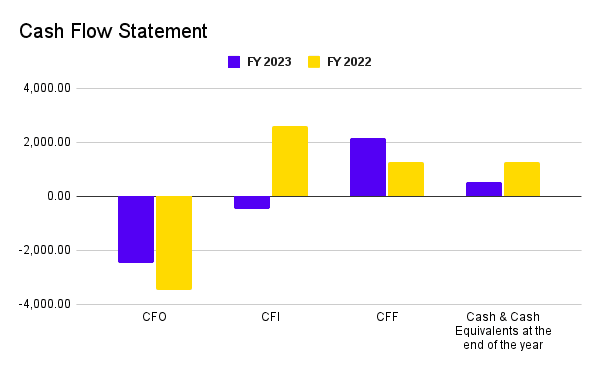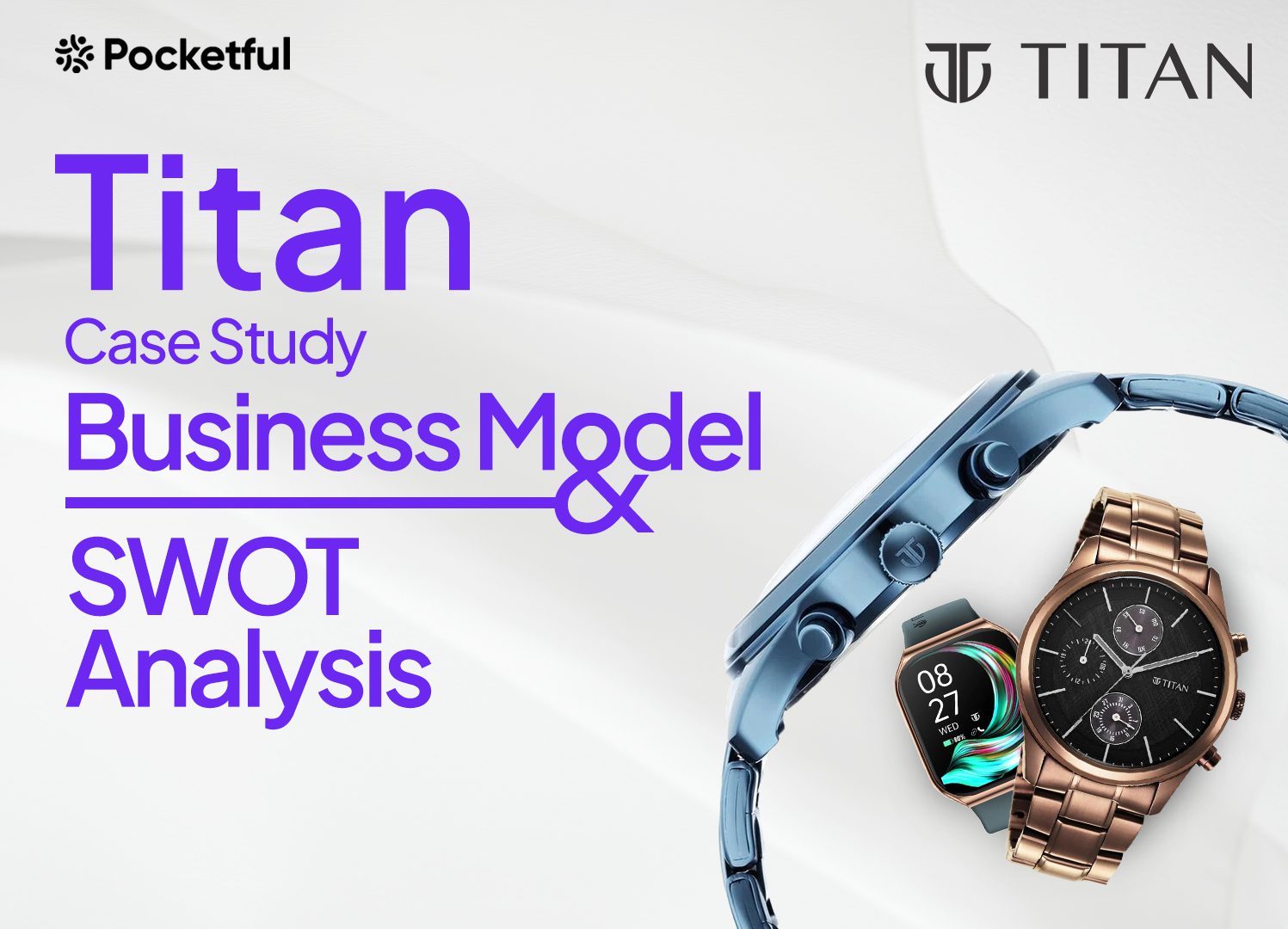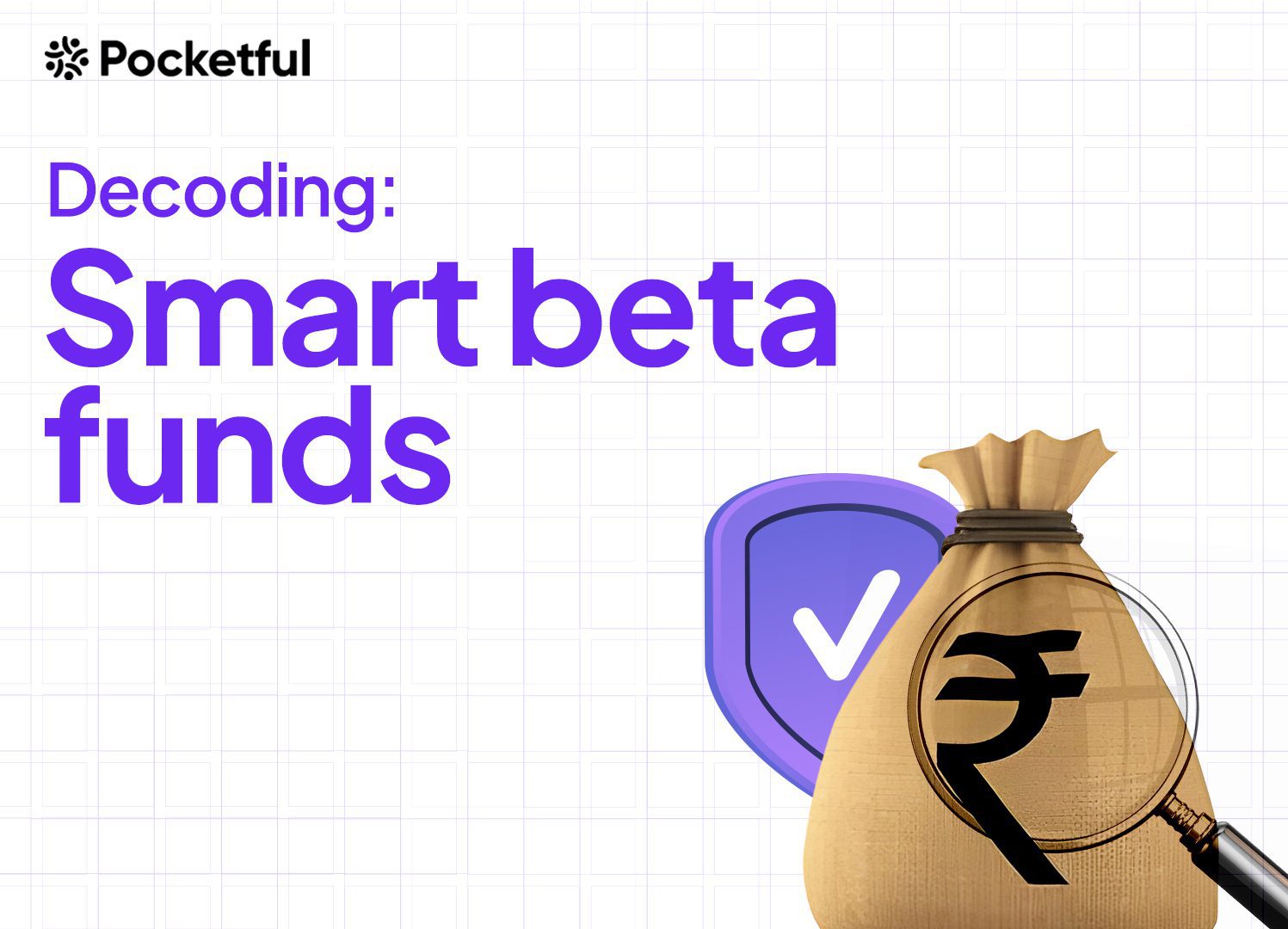IIFL Finance, a major player in the Indian financial market, has been in the news recently, but not for the usual reasons. The RBI took severe steps regarding IIFL’s gold loan practices, leaving investors anxious about the situation.
Today’s blog will uncover what caused this commotion, what it means for IIFL and its investors, and the details of the RBI’s action.
IIFL Overview
IIFL, or Infoline Finance Limited, is a leading diversified financial services company headquartered in Mumbai, India. The company was founded in 1995 by Nirmal Jain; since then, IIFL has grown into a major player in the Indian financial market. IIFL offers a wide range of products and services in the financial markets and caters to retail and institutional clients.
Subsidiaries
The company holds 3 major subsidiaries and has a large network of branches across India, thus making the company accessible to a wide range of customers.
- IIFL Home Finance Limited – Registered in 2009, it provides affordable home loans, small ticket-sized home loans, secured MSME Loans, and project loans.
- IIFL Samasta Finance Limited – Incorporated in 2008, it provides microfinance services to women enrolled as members and organized as a Joint Liability Company (JLG).
- IIFL Open Fintech Private Limited – It offers neo-banking services to consumers, micro-enterprises, and retail customers, including lending, investment, and wealth management services to certain target groups.
Did you know?
IIFL Samasta Finance Limited was formerly known as Samasta Microfinance Limited.
The Story
As of 26th March 2024, IIFL Finance Ltd’s share price is down by 46% in just the past month! Let’s have a quick rundown of what happened.
The Reserve Bank of India has stopped IIFL Finance from issuing new gold loans, disbursing funds for existing approved gold loans, and selling or transferring the existing gold loans to other institutions. However, IIFL can continue to manage its current gold loan portfolio, which means the company can collect repayments from existing borrowers and recover any outstanding loans through standard procedures.
Reasons behind the Ban
The RBI has taken this action to address some concerns regarding IIFL’s gold loan practices.
The RBI conducted a financial review of IIFL Finance Limited on March 31, 2023. RBI identified significant concerns with IIFL’s gold loan portfolio during this inspection. These concerns included serious discrepancies in how the purity and weight of the gold were assessed and certified. This occurred when loans were approved, and gold was auctioned off after loan defaults.
The other concerns highlighted by the RBI included lending more money than allowed against the gold value, handling large cash transactions exceeding regulations, failing to auction off gold collateral after defaults properly, and needing to be clearer about customer fees.

Implications for Investors
The RBI’s action on IIFL’s gold loans will have several implications for investors.
- Gold loans are a significant part of IIFLs operations (~32% of loan assets). The ban on issuing new loans could lead to a decline in profits. We can anticipate a drop in the EPS if the ban is extended further.
- This action raises questions about IIFL’s internal controls and compliance practices. Thus, it has damaged the investor’s confidence and led to a more than 46% decline in the stock price.
- The duration of the restrictions imposed by the RBI remains to be determined, making it difficult for investors to assess the long-term impact of the ban on business operations.
Hence, it is advised that investors should closely monitor the developments and consider several other factors before investing in IIFL.
The Road Ahead
The road ahead for IIFL is bumpy as the ban on disbursing new gold loans, along with other crippling limitations, acts as a major hurdle for the company’s growth. Recovering profitability and investor confidence hinges on getting these restrictions lifted immediately.
IIFL needs to address the concerns about gold loans. This may involve taking stringent procedures, improving transparency, imposing internal controls, etc. The company’s governance issues must be streamlined to the best of the management’s capabilities if they hope to recover investor confidence.
In recent news, it was declared that RBI will start special audits of 2 NBFCs – IIFL Finance and JM Financial on April 12.
Check out our blog here to learn about the RBI’s ban on JM Financial.
Now, let’s have a look at the company’s financials.
Read Also: Rectangle Chart Pattern: Definition, How It Works, Advantages, and Limitations
Financial Highlights of IIFL
Let us have a quick overview of the current company financials
Balance Sheet and Income Statement
| Key Metrics | FY 2023 | FY 2022 |
|---|---|---|
| Loans | 40,001.11 | 33,692.89 |
| Investments | 3,511.00 | 1,192.16 |
| Total Assets | 53,001.32 | 45,910.44 |
| Total Liabilities | 42,799.18 | 39,440.71 |
| Total Income | 8,447.11 | 7,023.61 |
| Total Expenses | 6,334.59 | 5,487.63 |
| Profit After Tax | 1,607.55 | 1,188.25 |
The graph shows a healthy increase in Total Assets figures for FY23. The surge in Loans largely fueled the growth. Thus, the ban on disbursing loans could significantly cripple the company’s balance sheet.
Cash Flow Statement
| Cash Flows | FY 2023 | FY 2022 |
|---|---|---|
| Net cash (used in)/ generated from operating activities | (4,940.56) | 1,783.73 |
| Net cash (used in)/ generated from investing activities | (2,730.45) | (995.79) |
| Net cash (used in)/ generated from financing activities | 5,090.04 | 2,780.80 |
The graph indicates heavy turbulence in the Cash Flow Statement. This turbulence could increase significantly in the coming quarterly results due to the ban imposed by RBI.
Read Also: JM Financials Case Study: RBI Ban, Segments, and the Road Ahead
Conclusion
On a parting note, IIFL’s recent stumbles with the RBI have raised a question about the company’s image. Investors are also facing uncertainty with both short-term challenges and long-term improvements. The road ahead for IIFL is challenging but not necessarily a dead end. The company’s success will depend on how effectively it resolves the issues and reshapes its business in the long term.
Keep yourself updated with further developments as IIFL charts its course forward.
Frequently Asked Questions (FAQs)
What is the issue with the IIFL?
RBI identified issues with the company’s gold loan practices and banned IIFL from issuing new gold loans.
What does the ban mean for existing borrowers?
Existing gold loan borrowers will continue making repayments as usual.
Should I sell my IIFL shares?
We advise you to research and consult a financial advisor before making any investment decision.
How long will the RBI restrictions last?
The duration of the ban remains uncertain as it completely depends on the company’s ability to navigate the situation.
In FY23, the company saw a significant increase in the total assets. What was the reason for the surge?
The increase in loan disbursement largely caused IIFL’s growth in total assets. Since a ban has been imposed on this asset type, the future of the balance sheet remains uncertain.




